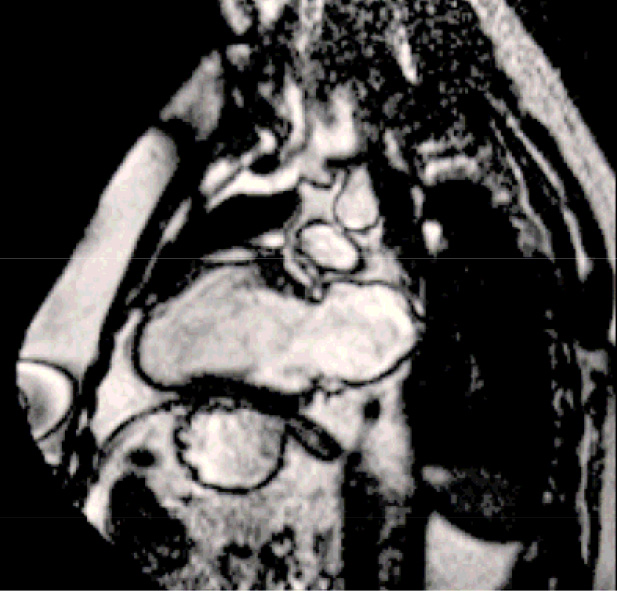“A ventricle sizing device is one of the most important parts of the operation to ensure a properly sized and shaped ventricle.”
Conte J. Surgical Ventricular Restoration: Techniques and Outcomes. Congestive Heart Failure. 2004 Jan-Feb; 10(1):43-53.
The Surgical Ventricular Restoration (SVR)® procedure is a comprehensive surgical technique utilizing the Mannequin device to treat patients suffering from ischemic heart failure. This comprehensive surgical procedure enables surgeons to create an elliptical ventricle, with repeatable and optimal outcomes every time. Patient after patient.
Chase Medical is passionate about Surgical Ventricular Restoration, because we have seen first-hand the benefits of SVR for heart failure patients around the globe.
Chase Medical works closely with distinguished physicians such as: Lorenzo Menicanti, M.D., and others who continue to advance the surgical technique for SVR. Chase Medical sponsors educational programs in the U.S. and in Europe to promote SVR surgical best practices.
Our goal is to encourage the use of a standardized procedure for surgical consistency while reducing risk and variability.
The ideal procedure for any surgeon is one that is time-tested, repeatable and generates optimal outcomes for their patients. The proper surgical technique using the Mannequin creates an elliptical ventricle every time – patient after patient.
The SVR procedure is being performed around the world.

A critical outcome of any procedure to treat heart failure must be to reduce ventricular wall stress, stop the disease progression, and restore contractile function to the heart.
The Law of Laplace is a generally held law of physics that clearly describes the factors that determine wall stress increases or decreases in a vessel (the ventricle):
The Law of Laplace
Wall Stress = (Pressure in Ventricle) x (Ventricle Radius)
2 (Wall Thickness)

In the HF patient, all of the variables (pressure, ventricle radius and wall thickness) conspire to increase wall stress. The left ventricular pressure rises as more volume enters the ventricle. The radius increases as the ventricle dilates into a sphere to accommodate the increasing volume. The wall thins as the ventricle dilates.
Restoring the size of the ventricle to near its “normal” size (reducing its volume) is one factor in reducing the wall stress.
More importantly, restoring the ventricle to an elliptical chamber is a critical factor to reduce wall stress by decreasing the radius of the dilated ventricle.
Correctly orienting all of the constituent components of the ventricle, i.e. aortic valve, mitral valve apparatus and papillary muscles, helps ensure optimal performance.
Medicare assigned a code specifically for the Surgical Ventricular Restoration (SVR) procedure. CPT Code 33548 describes the SVR procedure utilizing a patch and a shaping device, such as the Mannequin.
| CPT Code | |
| CPT 33548 | Restore/remodel, ventricle |
| MS-DRG Codes (formerly DRG 108) | |
| MS DRG Code 228 | Other cardiothoracic prodecures with MCC (major complications or co-morbidities) |
| MS DRG Code 229 | Other cardiothoracic prodecures with CC (complications or co-morbidities) |
| MS DRG Code 230 | Other cardiothoracic prodecures (without CC/MCC) |